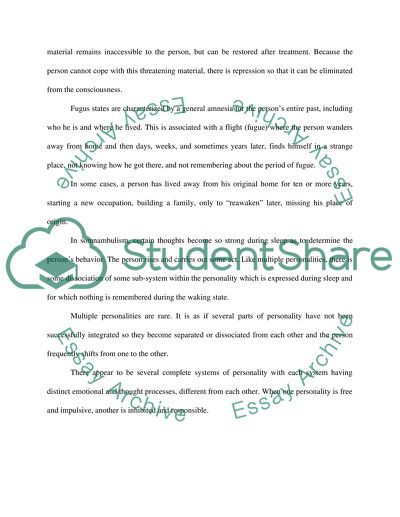Cite this document
(Hysteria as an Illness Coursework Example | Topics and Well Written Essays - 1750 words, n.d.)
Hysteria as an Illness Coursework Example | Topics and Well Written Essays - 1750 words. https://studentshare.org/medical-science/1520106-hysteria
Hysteria as an Illness Coursework Example | Topics and Well Written Essays - 1750 words. https://studentshare.org/medical-science/1520106-hysteria
(Hysteria As an Illness Coursework Example | Topics and Well Written Essays - 1750 Words)
Hysteria As an Illness Coursework Example | Topics and Well Written Essays - 1750 Words. https://studentshare.org/medical-science/1520106-hysteria.
Hysteria As an Illness Coursework Example | Topics and Well Written Essays - 1750 Words. https://studentshare.org/medical-science/1520106-hysteria.
“Hysteria As an Illness Coursework Example | Topics and Well Written Essays - 1750 Words”. https://studentshare.org/medical-science/1520106-hysteria.


